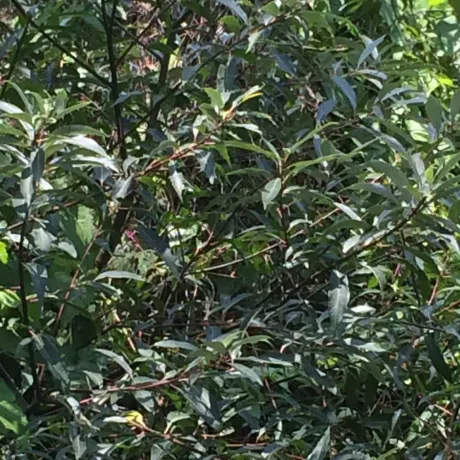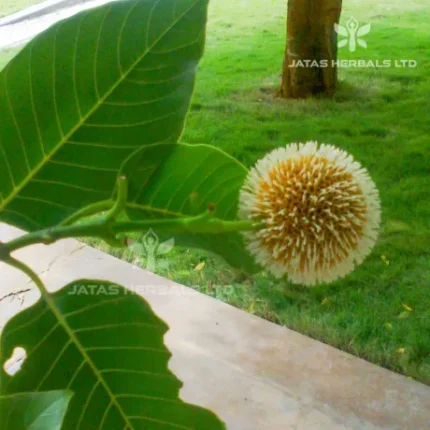Vetasa is extensively described by brhat trayi. Some confuse it with vetra but both are different plants. Bapalalji and Thakurji were of the opinion that Salix caprea Linn. Is the real source of vetasa. In some areas, S. alba Linn. Or S. tetrasperma Roxb. Or S. acmophylla Boiss are also used as vetasa. K.C. Chunekarji reported that Calamus tenuis is accepted as vetasa by some vaids. The author is of the opinion that vetasa and jalavetasa are identified with Salix caprea Linn and Salix tetrasperma respectively. P.V.Sharmaji also accepted these two plants as vetasa and jalavetasa in his commentary on dhanvantari ighantu.
Botanical description – Shrub or small tree; branchlets yellowish green to yellowish red, pilose or glabrous; stipules semiorbicular, apex acute; petiole ca. 1 cm; leaf blade ovate-oblong, broadly ovate to obovate-oblong 5-7 × 2.5-4 cm, slightly thick, abaxially tomentose or downy, adaxially dull green, wrinkled, more conspicuously so when fresh, glabrous, base rounded, margin irregularly notched, dentate, or subentire, usually slightly recurved, apex acute or apiculate, usually contorted; reticulate veins conspicuous abaxially; flowering precocious; male catkin ellipsoid or broadly ellipsoid, 1.5-2.5 × ca. 1.5 cm, sessile; bracts 2-colored, light proximally, black distally, lanceolate, ca. 2 mm, long pubescent; male flower: gland adaxial; stamens 2, distinct; filaments 6-8 mm, slender; anthers yellow, oblong; female catkin shortly cylindric, ca. 2 × 0.8-1 cm, to 6 × 1.8 cm in fruit, shortly pedunculate; bracts as in male catkin; female flower: gland as in male flowers; ovary narrowly conical, 2.5-3 mm, stipe ca. 2 mm; style short; stigma 2-4-lobed; capsule to 9 mm. Flowering during April and fruiting during May-June.
Chemical constituents – Fresh bark – salicine, two glucosides etc.
Part used – stem, leaves, flowers, resin, bark
Uses –
Stem & leaves – astringent.
Ash of wood – beneficial in heamoptysis
Bark – astringent
Gum & Juice – improves visual power





Reviews
There are no reviews yet.